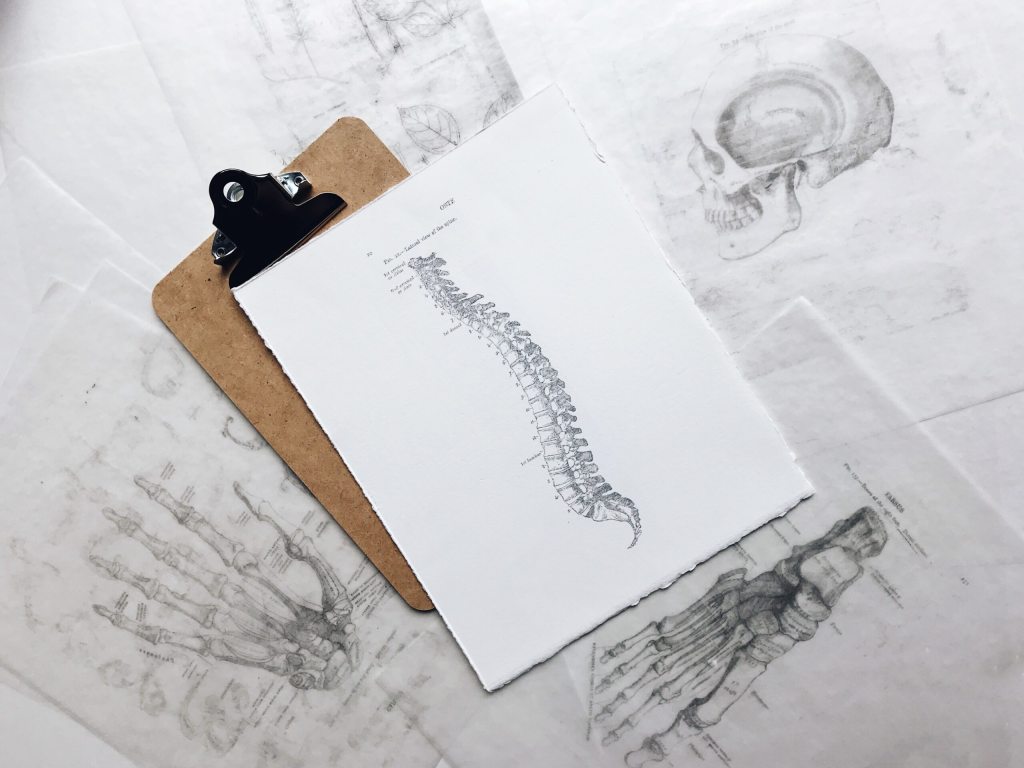What is Scoliosis?
Scoliosis is an abnormal curvature of the spine. The normal shape of a person’s spine includes a curve at the top of the shoulder and a curve at the lower back. If your spine is curved from side to side or in an “S” or “C” shape, you might have scoliosis. Scoliosis is not always noticeable.
This condition is most common in the later stages of childhood or the early teenage years when the person is still growing fast. It is more common in females than in males. Moreover, studies also show that scoliosis may cause osteoporosis and osteopenia.
Doctors may recommend a combination of back bracing and physical therapy. However, significant results cannot be expected as it is not possible to completely change the shape of the spine. This depends on the degree of curvature and the age of the child. Most scoliosis cases are diagnosed during the first 7 years of a child’s life or during growth spurts. It may be possible to stop the curve if detected early. Once an individual stops growing, scoliosis can still progress.
Common Causes
It’s common for children to require examinations for this condition to avoid complications later in life. It may develop during growth or it can be inherited genetically from birth. Age, gender and family history may increase your risk of developing it.
- Birth defects
- Neurological abnormalities
- Genetic condition
Common Symptoms
Symptoms that may show depends on how severe the condition is. Some most common symptoms associated with scoliosis include:
- One shoulder blade that’s higher than the other.
- One shoulder blade sticks out more than the other.
- Uneven hips.
- A rotating spine.
- Problems breathing because of a reduced area in the chest for lungs to expand back pain.
Treatment
In most cases, childhood and adolescent scoliosis is mild and does not need treatment. If needed, the following would be the treatment recommendations the doctor might give the patient:
Casting
In childhood scoliosis, a doctor may use plaster casting to help the infant’s spine grow into a typical position. The cast attaches to the outside of the infant’s body, and they will wear it at all times. The cast needs to be replaced every 8 to 16 weeks depending on the severity of the curvature and response to treatment. Progress will be assessed and will continue until the condition improves or when the child is old enough for corrective surgery. This is the most gentle method of treatment and is generally effective. It can prevent the condition from growing worse, making surgery less severe, or it can cure the condition outright.
Bracing
Bracing is recommended if a person has moderate scoliosis and the bones are still growing. The type of brace will prevent further curvature. However, it will not cure or reverse scoliosis. The person will need to wear the brace at all times, even during the night. Its effectiveness depends on the number of hours per day the person wears the brace.
Chiropractic treatment
Some people visit a chiropractor to relieve the pain and discomfort of scoliosis. Chiropractic doctors manipulate the spine and provide alternative treatments. They maintain that realigning the spine help promote healing and well-being. However, again, this is not a cure. It does not resolve the curvature of the spine. Research has not proven any chiropractic manipulations that directly benefits scoliosis.
Surgery
Surgery is reserved for people with curves that are greater than 40 degrees. It is important to talk to your doctor about this option. Especially if you feel the curvature is interrupting your daily life.
Spinal fusion is the standard scoliosis surgery. In this procedure, the doctor fuses your vertebrae together using a bone graft, rods, and screws. The bone graft consists of bone or a material like it.
A person should speak to a doctor if they suspect scoliosis. An early diagnosis and treatment can help prevent future complications.
Most complications of scoliosis can be treated or avoided if they get detected early. Luckily, most adult conditions are mild. Severe cases, however, can be debilitating with severe pain and impaired function of organs due to reduced space in the chest cavity. Surgeries can minimize the symptoms and prevent the condition from growing worse.
